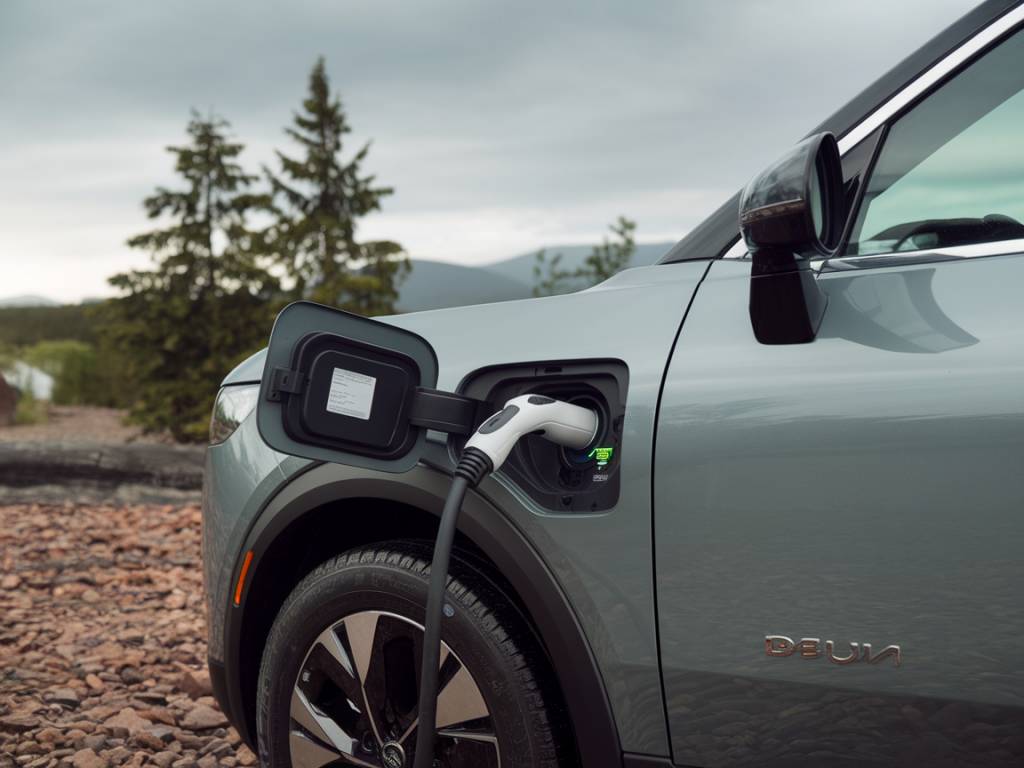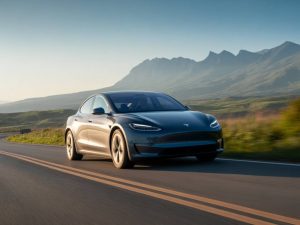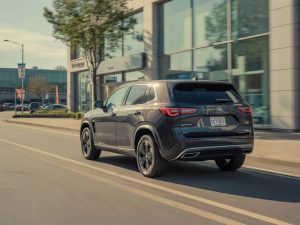why range anxiety is fading: how new tech is solving the ev battery dilemma

why range anxiety is fading: how new tech is solving the ev battery dilemma
Range anxiety has long been a significant concern for potential electric vehicle (EV) buyers. This fear of running out of battery power, far from a charging station, has hindered the widespread adoption of electric cars. However, technological advancements are gradually mitigating these concerns, providing more confidence to drivers and boosting the appeal of EVs. This article explores how new technologies are addressing range anxiety and solving the EV battery dilemma.
Understanding Range Anxiety: A Persistent Fear
Range anxiety is the fear of depleting an electric vehicle’s battery before reaching a charging station. This concern has been a primary deterrent for many potential electric vehicle owners. Several factors contribute to this anxiety, including limited charging infrastructure, long charging times, and historically limited battery capacities.
When comparing EVs to traditional gasoline-powered vehicles, the perceived inconvenience becomes evident. Drivers are accustomed to the widespread availability and quick refueling times of gas stations. In contrast, the relatively sparse distribution of charging stations and longer charging times can make EVs seem impractical, especially for long-distance travel.
Technological Innovations in Electric Vehicle Batteries
Recent advancements in battery technology have been pivotal in addressing range anxiety. Automotive manufacturers and tech companies are investing significantly in research and development to enhance battery efficiency, capacity, and charging speed.
One of the most significant breakthroughs is the development of high-density lithium-ion batteries. These batteries offer a higher energy capacity without proportional increases in size or weight, enabling vehicles to travel longer distances on a single charge. Additionally, improvements in battery management systems (BMS) ensure the efficient use and longevity of these energy cells.
The Role of Fast Charging Networks
The expansion of fast charging networks is also crucial in alleviating range anxiety. Companies such as Tesla, Electrify America, and ChargePoint are establishing rapid charging stations across major routes and urban areas, reducing the likelihood of being stranded without power.
Fast charging stations can replenish an EV battery to 80% capacity in as little as 20-30 minutes. This significant reduction in charging time brings the experience closer to that of refueling a traditional vehicle, making long-distance travel more feasible for EV owners.
Innovative Charging Solutions
Beyond fast chargers, various innovative charging solutions are emerging to further ease range anxiety. These include:
- Wireless Charging: This technology allows EVs to be charged without plugging in. By parking over a wireless charging pad, vehicles can automatically receive power, simplifying the charging process.
- Battery Swapping: Though less common, battery swapping involves exchanging a depleted battery with a fully charged one at designated stations. This method can significantly reduce downtime associated with charging.
- Mobile Charging Units: Services like mobile charging vans can come to a driver’s location to provide power, offering a convenient solution for those unable to reach a stationary charger.
Extended Range Electric Vehicles (EREVs)
Extended Range Electric Vehicles (EREVs) utilize both electric and gasoline power to extend the vehicle’s range. The primary propulsion is electric, but a small gasoline engine acts as a generator to recharge the battery when it depletes. This hybrid approach can be a transitional solution, combining the benefits of electric driving with the security of a backup fuel source.
The Chevrolet Volt is a prime example of an EREV, providing an electric-only range of about 53 miles before the gasoline engine kicks in, offering a combined range of over 420 miles. This versatility helps alleviate range anxiety while encouraging a gradual shift to cleaner electric power.
Enhanced Battery Management Systems
Battery Management Systems (BMS) play a critical role in optimizing battery performance and longevity. Modern BMS technology ensures that each cell within the battery pack operates within safe parameters, balancing the load and preventing overcharging or deep discharging.
Advanced BMS also includes predictive algorithms that learn a driver’s habits and adjust the battery’s performance accordingly. By maximizing efficiency and accurately predicting the remaining range, these systems provide drivers with reliable information, reducing uncertainty and range anxiety.
Grid Integration and Vehicle-to-Grid (V2G) Technology
Grid integration and Vehicle-to-Grid (V2G) technology present another avenue to address range anxiety. V2G enables electric vehicles to communicate with the power grid and return energy when needed, effectively turning them into mobile energy storage units.
This bidirectional flow of energy can help balance grid demand and stabilize power supply, potentially providing economic benefits to EV owners. Moreover, the ability to draw power from the grid during peak hours and recharge during off-peak times can make owning an EV more cost-effective and environmentally friendly.
AI and Predictive Analytics
Artificial intelligence (AI) and predictive analytics are becoming increasingly important in enhancing the EV driving experience. These technologies analyze vast amounts of data to predict the most efficient routes, optimal charging times, and locations.
Navigation systems integrated with AI can suggest routes based on battery status and the availability of charging stations, minimizing the risk of running out of power. Additionally, smartphone apps and in-car systems provide real-time updates on charger availability, reducing anxiety associated with finding an operational charging station.
The Future of EV Battery Technology
The future of EV battery technology is promising, with several innovative concepts under development that could further mitigate range anxiety. Two such advancements include solid-state batteries and ultra-fast charging technologies.
Solid-State Batteries: Solid-state batteries replace the liquid electrolyte in traditional lithium-ion batteries with a solid electrolyte. This change can lead to higher energy densities, faster charging times, and improved safety. Companies like Toyota and QuantumScape are at the forefront of this research, with prototypes suggesting significant performance improvements.
Ultra-Fast Charging: Researchers are exploring various methods to achieve ultra-fast charging, potentially reducing full charging times to just a few minutes. Innovations in battery chemistry, such as the use of silicon-based anodes and graphene, are key areas of focus. These advancements could make EV charging almost as quick and convenient as refueling a gasoline vehicle.
In conclusion, the technological advancements driving the electric vehicle industry are rapidly reducing range anxiety and solving the EV battery dilemma. As battery capacity increases, charging infrastructure expands, and innovative technologies emerge, the feasibility and appeal of electric vehicles continue to grow. By addressing these concerns head-on, the EV market is poised for significant growth, ultimately contributing to a more sustainable and environmentally friendly future.





